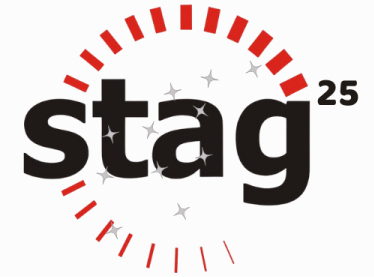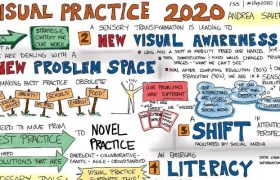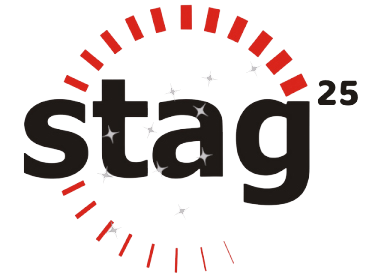
Ideas to regress smartly
The context In the current world of rapid development, a software is constantly updated with new features, incremental additions and bug fixes. While features (new & incremental) are the focus for revenue generation and market expansion, bug fixes are necessary to ensure that customers stay. While on the path of progression towards revenue enhancement, the challenge that is “Did I break any existing features that are working well”? That may







